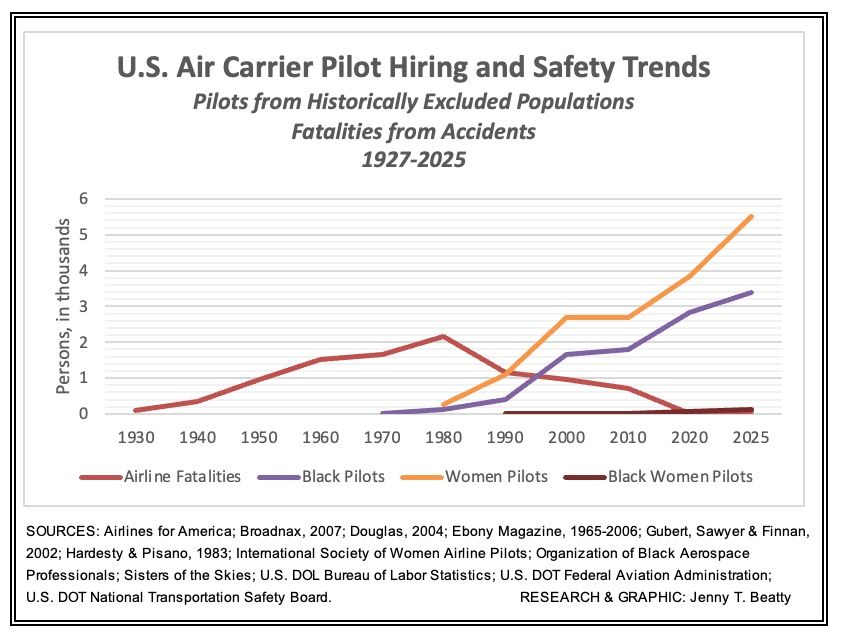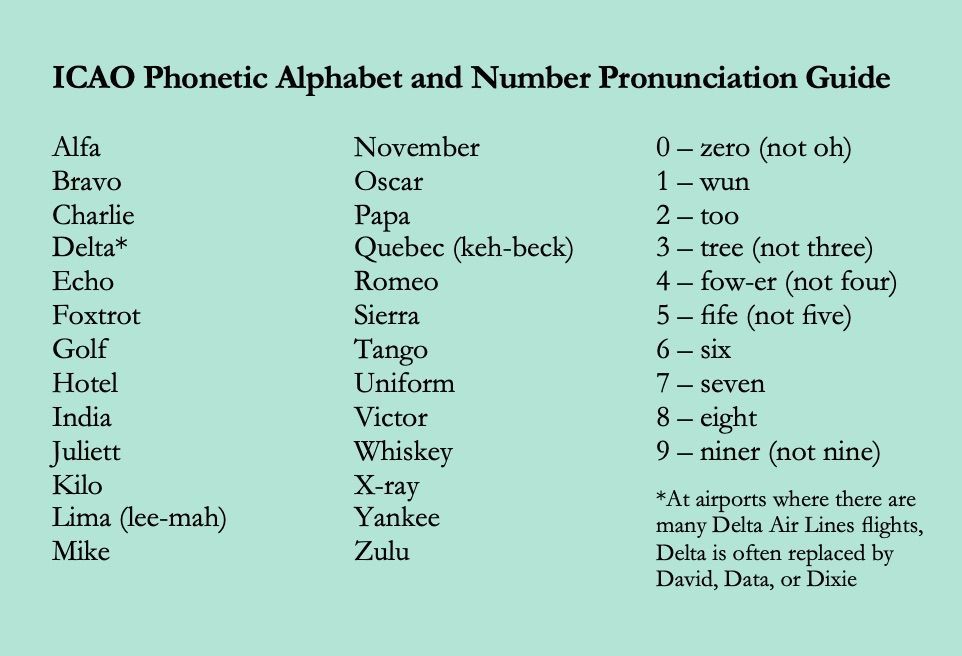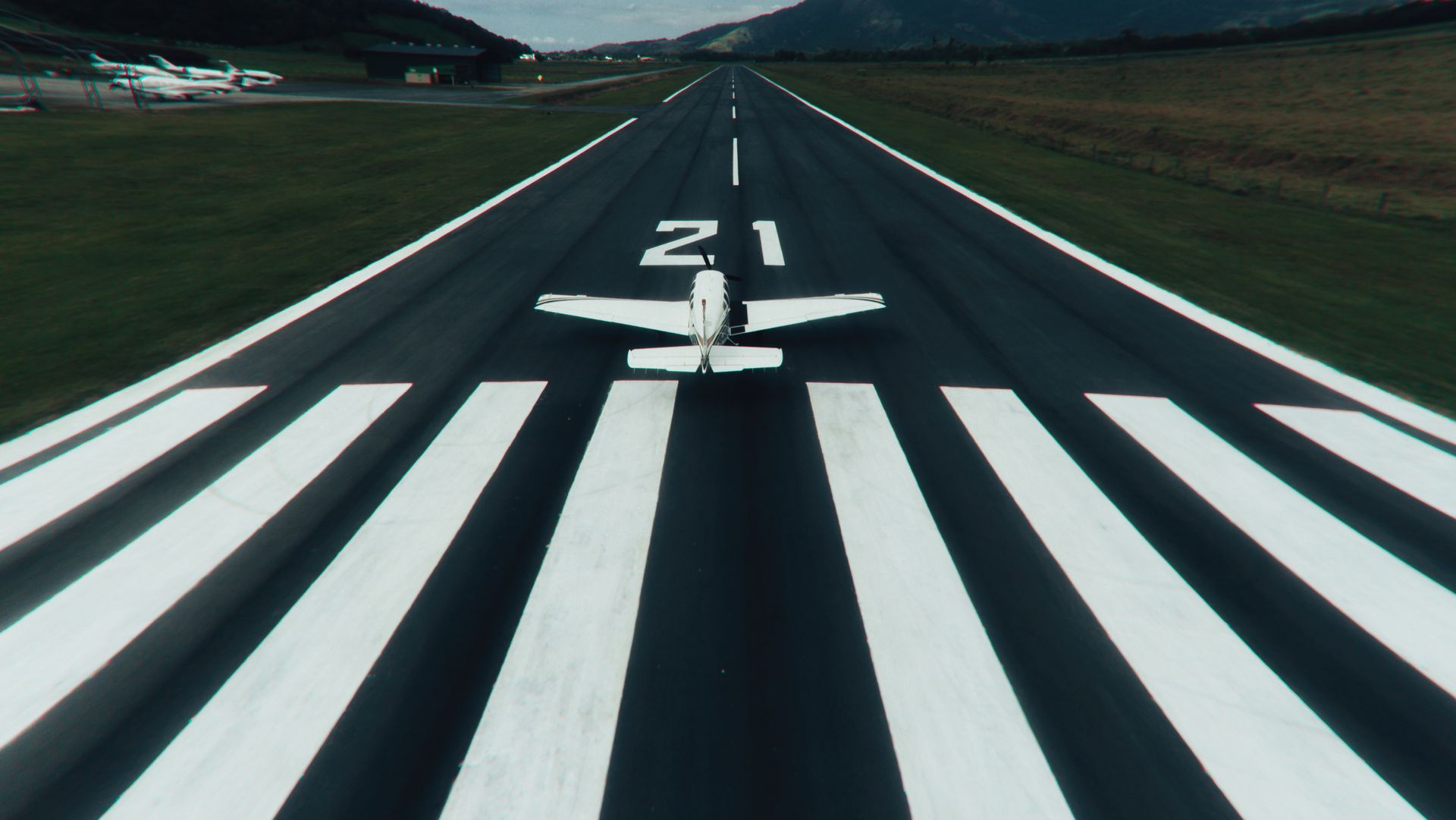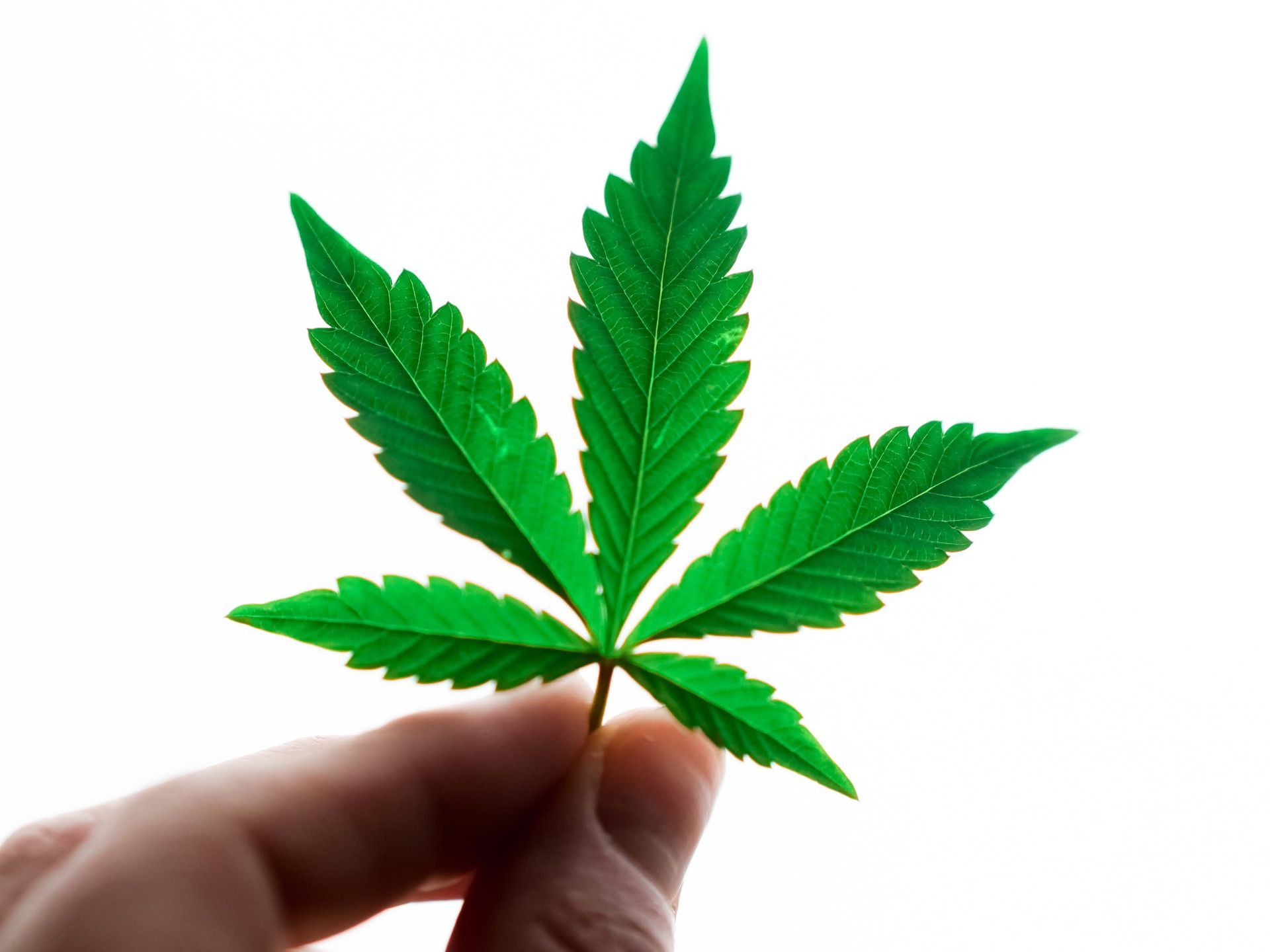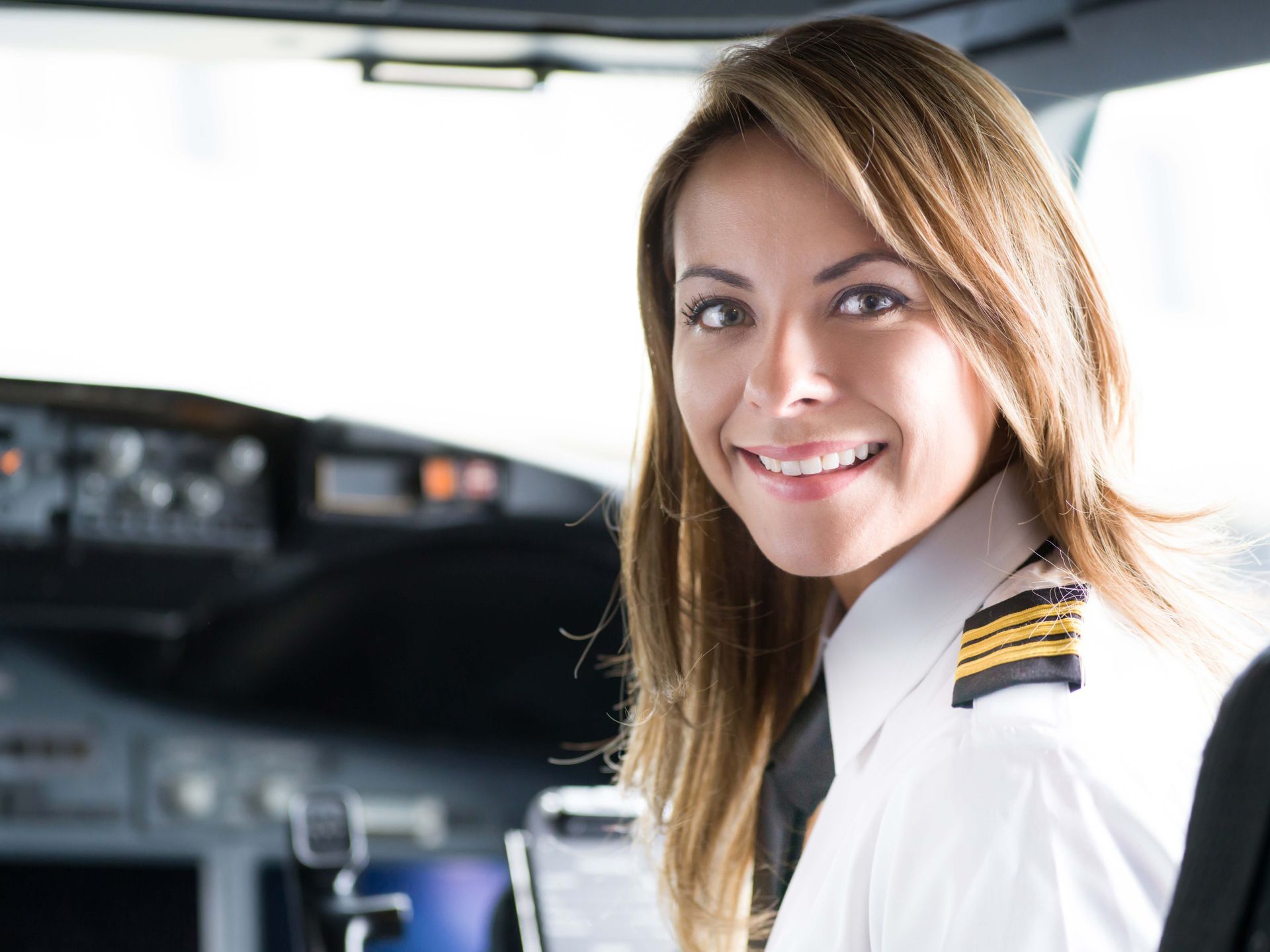Stressed Out? Reach Out!
Understanding the stresses of airline pilots

Airline Pilot consistently ranks high on the Top Ten Most Stressful Jobs, according to the jobs resource site CareerCast.
“From braving potentially faulty equipment to battling tricky weather systems to facing continued terror threats, all while ensuring the safety of their passengers, airline pilots continue to have the most stressful job year-after-year,” they said. Also cited was the stress caused by irregular work hours and jet lag, which can lead to fatigue, an area of particular concern to safety and regulatory agencies.
Pilots and Stress
While this reveals how most laypeople view our jobs, it isn’t very illuminating about the actual stressors that affect professional pilots. Passengers worry about weather and delays and imagine that we pilots worry, too. But if the pilots are stressed, it’s probably not about the weather.
Allow me to explain. Pilots assess the weather, and decide it is good enough to go flying in or that we should wait for conditions to improve. We inspect the aircraft, and decide that it is flyable or that maintenance correction is required. We review the flight plan, and decide that there is sufficient fuel or that we need more or that we need a fuel stop or a new plan. Once underway, if Plan A isn’t working out, we shift to Plan B and then Plan C.
This seems monumentally daunting to a non-pilot, and therefore “stressful”. Well, the job of treating a bleeding, dying patient seems off-the-charts stressful to me, since I am not a doctor. But just like a surgeon, a professional pilot finds our “stressful” job tasks to be not only normal and routine, but interesting and energizing. Because, if you re-read the job tasks outlined above, you’ll see that pilots are not just tasked to fly airplanes. We’re tasked with the full command and authority over the flight.
“One big difference between feeling stressed or stimulated is how much control we have over a situation compared to the demands that are placed on us,” explains Dr. Esther Sternberg, an expert on the mind-body-stress-wellness connection with the National Institutes for Health. “If we are in a low control, high demand situation, we feel stressed. If we are in a high control, high demand situation, we feel stimulated.”
This is not to say that pilots don’t experience a physiological stress response, however, because all humans and animals do. It’s what we do with that spurt of adrenaline that sets us apart.
“Pilots, neurosurgeons, firefighters, and others with high-pressure occupations are trained to use the stress response as a way to monitor their own behavior,” says Dr. Sternberg. When pilots fly a low-visibility approach, our heart races, our breath becomes shallow, and our attention is intensely focused on the job at hand. We experience the physiological arousal that defines stress, but don’t label the situation as stressful. We are in the Zone.
Just like our passengers, many pilots prefer flying when the winds are calm, skies are clear, and things run like clockwork. But on days when Plans A, B, and C go out the window and we’re on Plan D or E or F, we derive a great deal of satisfaction from applying our expertise to meet the challenge and complete a flight safely.
Pilot Personality
This is also because pilots are a breed apart. While generalizations do not apply to every individual, numerous studies show that there is indeed a “pilot personality profile”. Typically, pilots are more achievement-oriented, more assertive, more optimistic, and more even-keeled than the general population, and less introspective, less emotional, and less sensitive.
As a study by Drs. Ganesh and Joseph summarizes, the typical aviator “wants to control everything in his/her life. They hate surprises and hence practice as much as possible to avoid them. They maintain emotional distance from others and hence find difficulty with intimacy in their marriages… They are mission-oriented compartmentalizers, systematic and methodical, rely on checklists and feedback, and have the ability to separate flying from non-flying-related issues.”
Clearly these traits serve us well as pilots; we’re adept at keeping emotion out of the flight deck and at handling the stress of job-related routine duties as well as emergencies. Unfortunately, these same assets become liabilities when events spiral out of our control.
Looking at stressors affecting airline pilots today, many lie outside our direct control, including the economic roller-coaster of the travel industry, real or threatened job loss, reduced job security, and pay cuts.
Stressors Affecting Pilots
Note: These are real people who will remain anonymous.
In that uniquely intimate environment of the flight deck, on two consecutive days, two different pilots whom I had never met before open up and share their personal woes – which turn out to be nearly identical. In both cases, their wives planned to return to work when the kids entered school, but now the kids are teenagers and the wives are still stay-at-home moms living in very nice homes. Due to pay cuts from the post-9/11 economic downturn, this lifestyle is no longer sustainable. Yet these pilots’ wives are unable or unwilling to return to work or reduce spending. Both pilots are perplexed that their wives “just don’t get it”, flummoxed about how to reconcile their finances and marriages.
A pilot moves across the country with her husband to take a job with a regional airline. When airline hiring grinds to a halt, she gets stuck as first officer, with no opportunity to upgrade to captain, and her dream of flying for a major airline fades away. Far from family, sad and lonely, she withdraws from her flying friends and activities.
Another pilot rides the wave up the seniority list while her airline is hiring, and then back down again as it shrinks. Although she doesn’t get furloughed, she ends up near the bottom of the seniority list, forced to change airplanes and bases. Meanwhile, a boyfriend empties her bank account. While in training on her third aircraft in as many years, she is forced into foreclosure and out of her home. She finds it difficult to study and concentrate.
After being furloughed twice by one airline, a pilot narrowly avoids being furloughed at his new airline. While in training on a new aircraft, he finds out that his wife cannot control her drinking. He arranges for treatment for her, however she is unable to stay sober and starts acting out, so he leaves the training program to care for their children. He experiences acute anxiety and panic attacks.
A pilot who flies widebody aircraft overseas contracts an infection that leads to bronchitis and pneumonia. His adult son is going through an ugly divorce, his adult daughter decides to cut off all contact, and his relationship with his fiancée becomes shaky. Physically worn down and emotionally distraught, he drives his car into the garage, closes the door, and leaves the engine running.
Compartmentalization
Pilots attempt to apply their highly methodical, action-oriented problem-solving techniques to personal problems, while keeping them out of the flight deck. News flash: other people’s emotions can’t be turned on and off like the seat-belt sign and they aren’t under our command. Our own feelings can’t be switched off either; studies show that one major stressful event or many minor stressors can degrade flight performance, even when we think we’re doing a good job at compartmentalizing.
That out-of-control feeling – stemming from family strife, financial difficulty, and disillusionment about a once-promising career – is the main stressor for airline pilots. Exacerbated by the downturns brought on by 9-11 and Covid-19, these issues don’t just go away with an improved economy or pay raise.
Even when we know we are hurting, pilots tend not to seek help. Why? Because flying is pleasurable, it is our source of income and identity, and perhaps it is the only place where we can maintain a sense of control. Sometimes it feels like we really can leave all our problems on the ground behind us.
Women pilots in particular may hide emotional distress to avoid being stigmatized as “weak”. This can lead to more guilt, depression, and social withdrawal, which runs counter to the “tend-and-befriend” coping strategy of most other women.
And, many pilots think that a mental health problem will spell the end their flying career – which is not necessarily true.
Get Help
You don’t have to suffer alone: Reach out for help! And if you know a stressed-out pilot, reach out your helping hand. Each of the pilots mentioned in this column got help – from friends, spiritual advisors, professionals, union peer support volunteers, and company Employee Assistance Programs. Several received mental health treatment including counseling and medication. Some divorced, but others came through with their spouses by their sides. All are feeling better and are still flying, or back flying.
The FAA has approved several SSRI antidepressant medications for use by pilots, who can keep flying while participating in an approved treatment and monitoring program.
The pilot sitting in his garage turned off his car engine, went inside, and called his doctor. “There is nothing to fear,” he says today. “You don’t have to be afraid of your problems, or of never flying again. Step up and face your problems – and you don’t have to be alone with those problems.”
© 2011 - 2020 Jenny Beatty. All Rights Reserved.
Photo credit: Engin Akyurt
An earlier version of this article was published in
Aviation for Women magazine in 2011.
